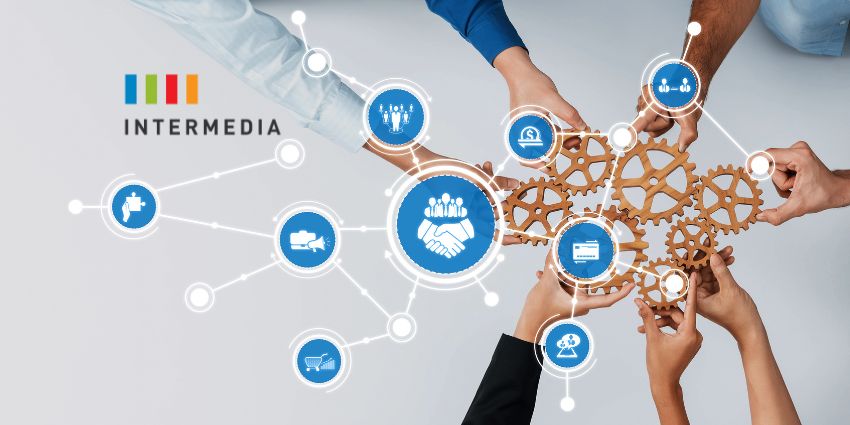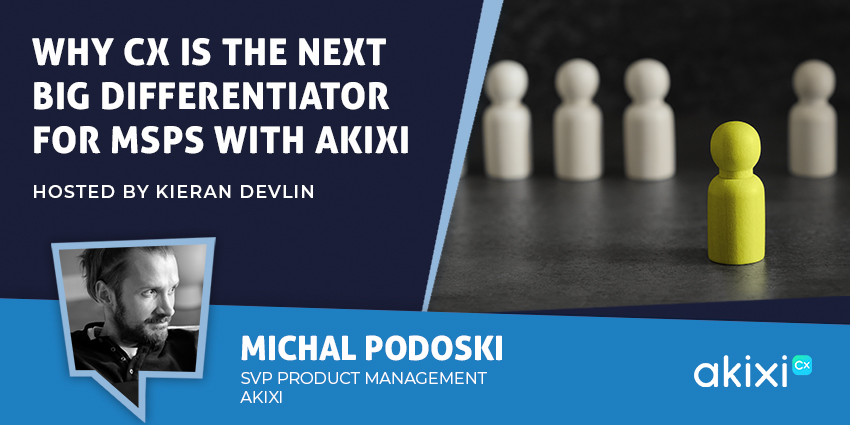Contact centers, already no strangers to automation, have been some of the biggest wholesale adopters of the technology, with Gartner stating 85% of customer service leaders will explore or pilot customer-facing conversational AI in 2025.
Indeed, AI’s use in contact centers has already been seminal. AI chatbots are now able to reduce agent demand by dealing with routine customer queries that would have previously had to be handled by an agent. It’s a win for efficiency, but it’s not without ramifications. This change in inquiry handling has created a domino effect for agents.
“The nature of the calls that now come through a voice channel to human agents is much more complex,” Andreas Orebo Wenzel, VP of Engage AI at Jabra, said. “This has increased the demand on the calls and the agent.”
These incoming calls now often require deeper technical knowledge, emotional sensitivity, or decision-making finesse in order to satisfy customers.
But just as companies have invested heavily in AI to reduce human interaction, it’s now necessary to counterbalance this by deploying AI to assist the agents dealing with this new challenge.
Why AI Chatbots Make Human Jobs More Complex
With AI chatbots now solving more entry level issues, modern contact center agents are being asked to go more in-depth on each call to a weary customer who has already spent time trying to resolve their issue through the initial points of contact.
This creates a situation where they’re often expected to be the immediate solution to the issue, even if they’re just being introduced to the issue for the first time.
“Call center agents are expected to be able to handle tough questions right on the spot, even if they don’t know what the next call is about,” Orebo Wenzel emphasized.
On top of this cognitive pressure, agents often work in noisy or distracting environments — either from home or busy offices. This persistent background noise, even if subtle, contributes to fatigue.
“It can be very mentally draining,” Orebo Wenzel explained, “especially when you’re exposed to that through 6–8 hour shifts.”
But the challenges don’t stop there. Agents also have to juggle the associated administrative elements of the role — manual note-taking, CRM inputs, and multitasking — all while trying to sound composed and empathetic.
All these associated tasks and distractions make it increasingly difficult to efficiently resolve the customer’s reason for calling. This, in turn, could lead to unsatisfactory and slower resolutions — and an unhappy customer.
Recognizing this, audio specialists Jabra have augmented their solutions to bring AI to assist contact center agents so they can save agent capacity for focusing on what really matters: the customer.
How Jabra’s Engage AI Complete Turns the Tide
Engage AI Complete is a new premium tier of Jabra’s Engage AI software designed specifically for call centers. Its solution is tailored for the next chapter that contact center operations are entering.
Rather than replacing agents, it augments them with real-time support, data-driven coaching, and environmental optimization. First, it does this through two-way noise reduction. While Jabra’s headsets can cancel ambient noise on the agent’s side, Engage AI takes it further.
“With our technology, we can reduce background noise on the customer end of the call,” Orebo Wenzel said.
This ensures clarity even when customers call from chaotic environments, increasing comprehension for the agent and reducing the strain they experience in trying to understand muffled customers.
Second, it brings automated transcription and note summarization to agents. Using advanced speech-to-text, Engage AI transcribes calls live — freeing agents from manual note-taking and post-call data entry.
This doesn’t just boost productivity by allowing agents to take more calls — it helps them stay mentally and emotionally present when on the phone with customers.
“Instead of having to write down notes, you can leave that to the AI to do,” Orebo Wenzel explained.
Third — and perhaps most compelling — is its tone-of-voice analysis. Engage AI functions like a virtual mirror in the agent’s corner, using a simple red-amber-green visual cue to show whether they sound empathetic, flat, or engaged. It even analyzes both sides of the call, allowing agents to mirror the emotional tone of the caller in real time to engage with a customer on their terms. Although seemingly superficial, tone matters more than companies realize.
“You actually don’t remember what they said, but you very much remember how they made you feel,” Orebo Wenzel explained.
This solution becomes even more powerful when considering the offering it provides new hybrid work models many contact centers now operate under.
As supervisors can’t walk the floor the way they used to, Engage AI gives them contextual alerts about agent interactions when attention is needed. This allows contact center leaders to keep track of their team’s performance regardless of location, and coaching at scale without burning out supervisors or agents.
This implementation of AI at the agent level isn’t just an effort to reduce cognitive load — it’s a business case.
Jabra reports that when agents receive tone feedback and sound more engaged, calls become shorter and customer satisfaction rises.
“If I sound more engaged and friendly, then the likelihood of you perceiving that as a better customer experience is higher,” Orebo Wenzel said.
These shorter calls don’t just help agents — they mean better queue management, reduced costs, faster customer engagement time and improved first-call resolution.
The Future of Human-AI Collaboration Starts Here
As companies like Klarna have begun reversing AI-only strategies after seeing dips in customer satisfaction, it’s clear that an AI-only approach cannot deliver better outcomes for contact centers.
Thus, the next phase of AI in contact centers won’t be defined by how well machines replace humans, but by how intelligently they support them.
As customers bring more emotionally charged, complicated issues to live agents, it’s not enough to simply answer quickly. Agents need to listen deeply, respond empathetically, and solve problems fast — all while managing growing cognitive demands.
In this context, solutions like Engage AI Complete offer the ability to pursue that same desire for efficiency without sacrificing the customer experience.
In an industry where experience is everything and turnover is high, equipping agents with smart, assistive AI isn’t just a tech trend, it’s increasingly a competitive necessity.







